The Guangdong International Circuit is a flat, wide race track which has seen better days, with weeds in the gravel traps and brand new tower blocks and building sites looming ominously around it as the construction industry closes in on its valuable real estate.
So it isn’t the ideal venue at which to compare 23 different Chinese saloons, SUVs and MPVs, not one of which has even a hint of sporting intent.
This article was originally published on 17 December 2018. We're revisiting some of Autocar's most popular features to provide engaging content in these challenging times.

Yet Chinese driving licenses are a tricky thing to come by, so it was to the circuit we went in order to help judge the first running of a new Chinese ‘car of the year’ competition, or Best Car For China, to give it its full and proper name.
Anyway, who needs roads when you have cones on the main straight for a slalom, various gates to drive through, temporary speed humps between some of the corners, an emergency stop zone and still the opportunity to drive it like you stole it?


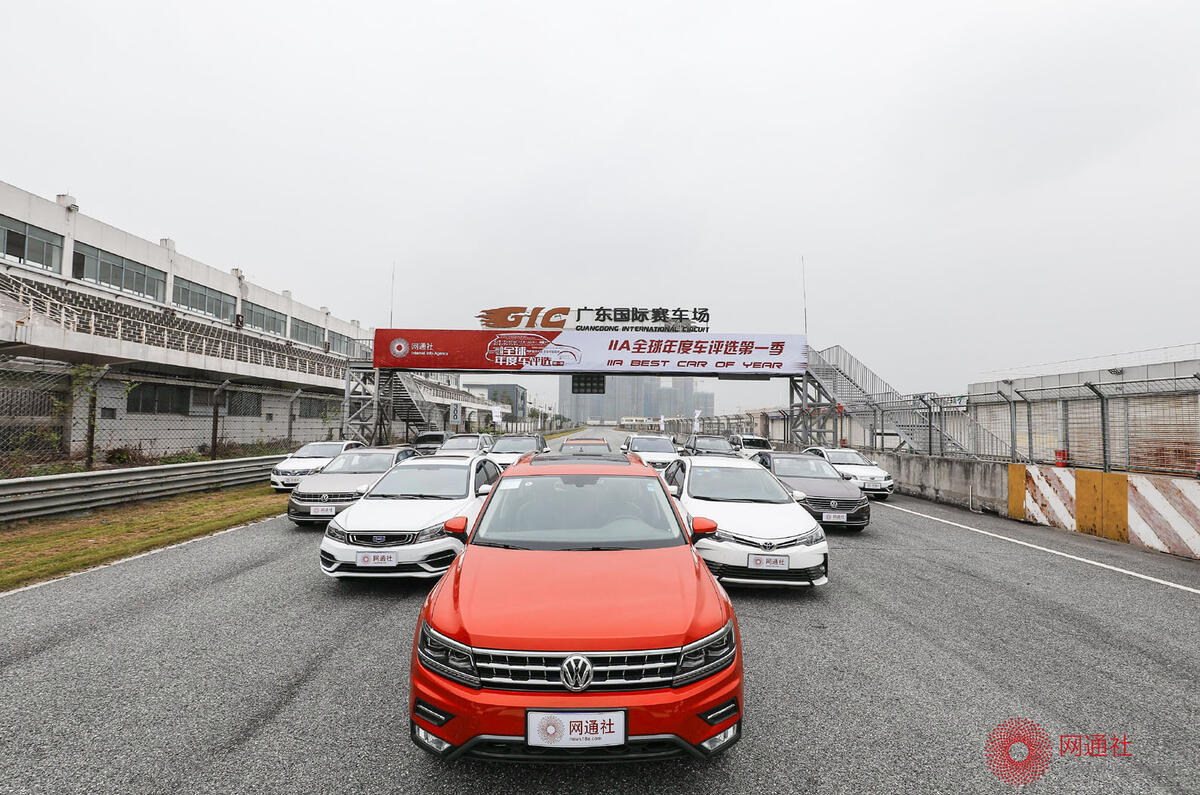
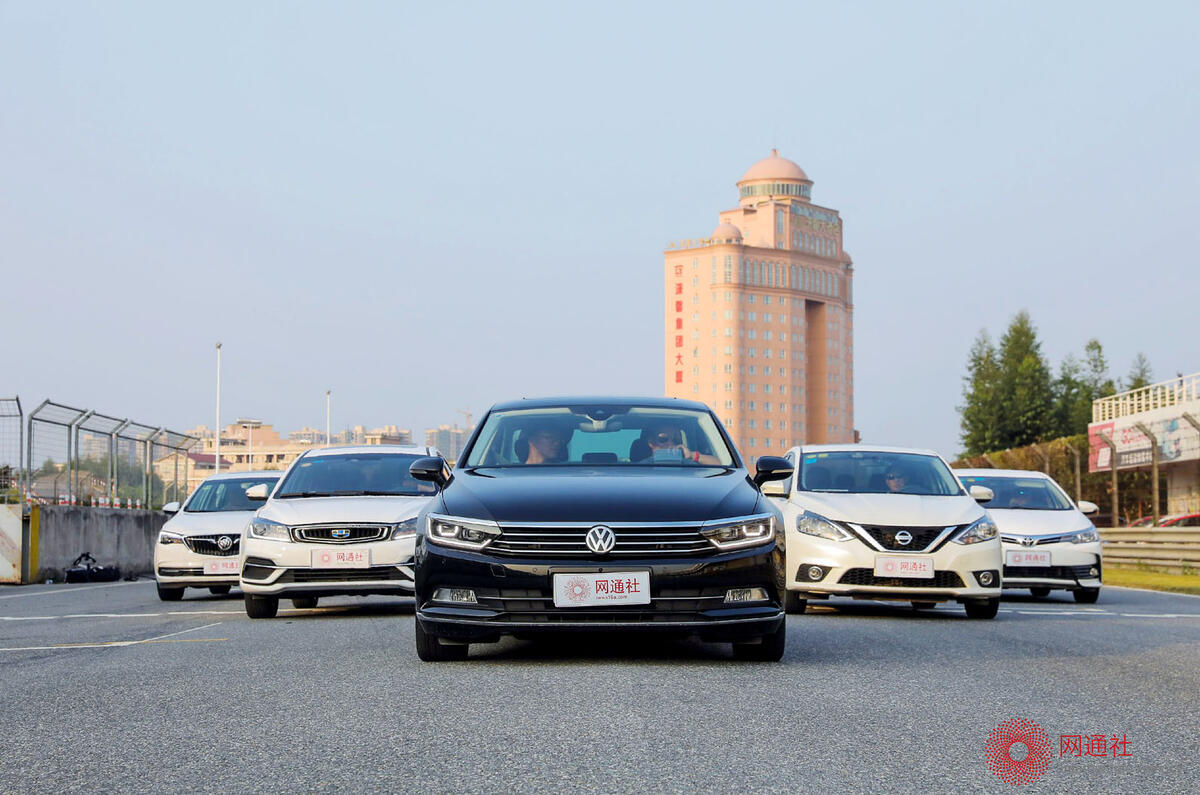
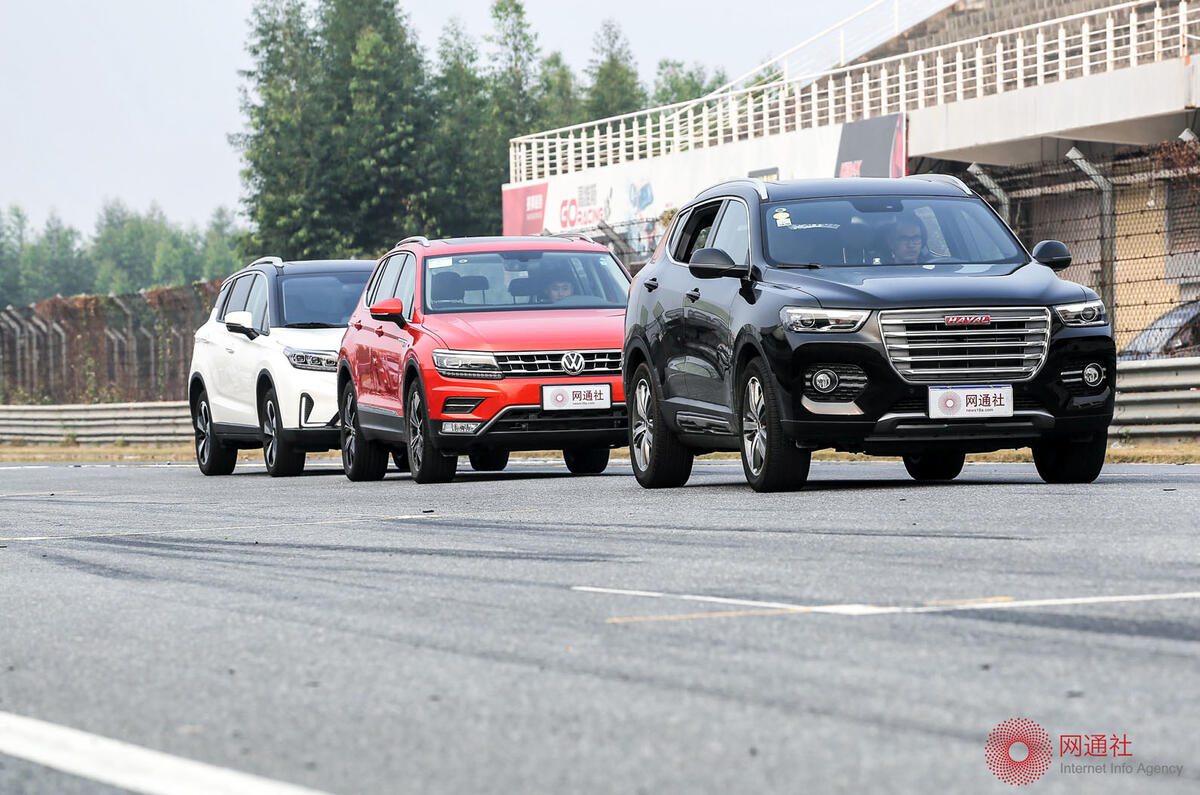
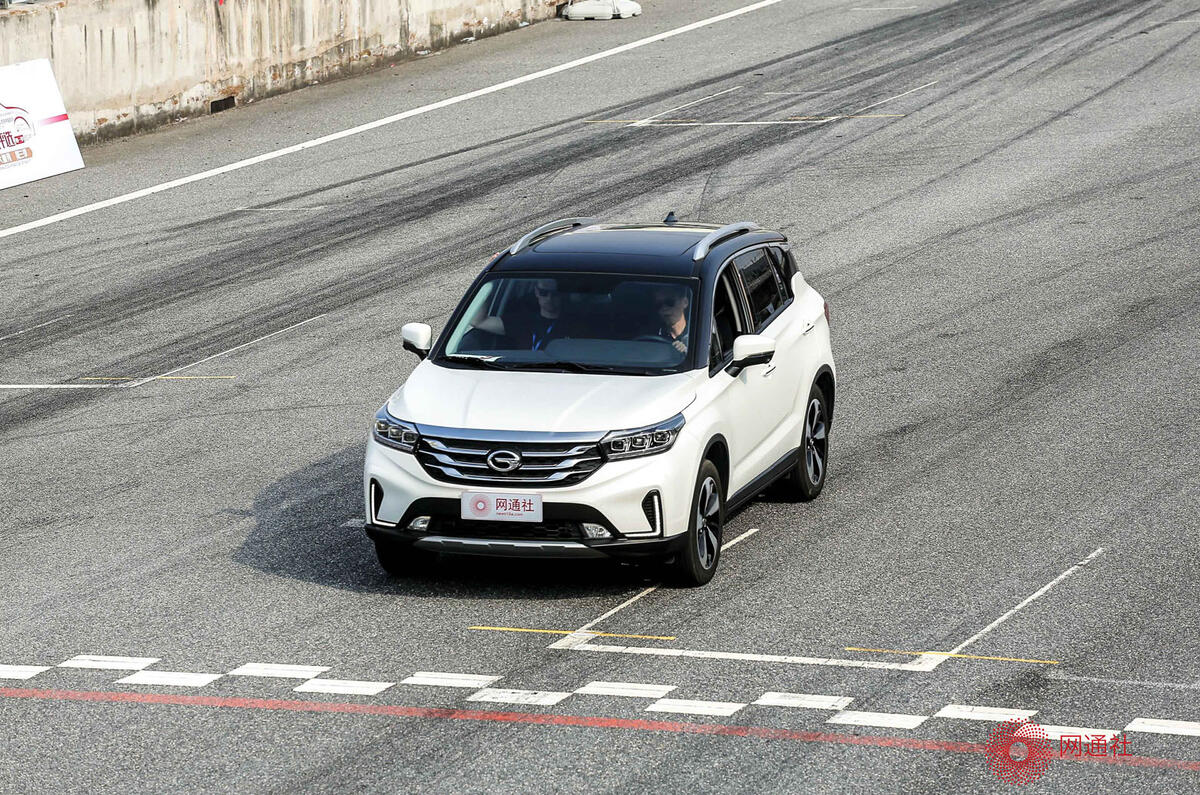
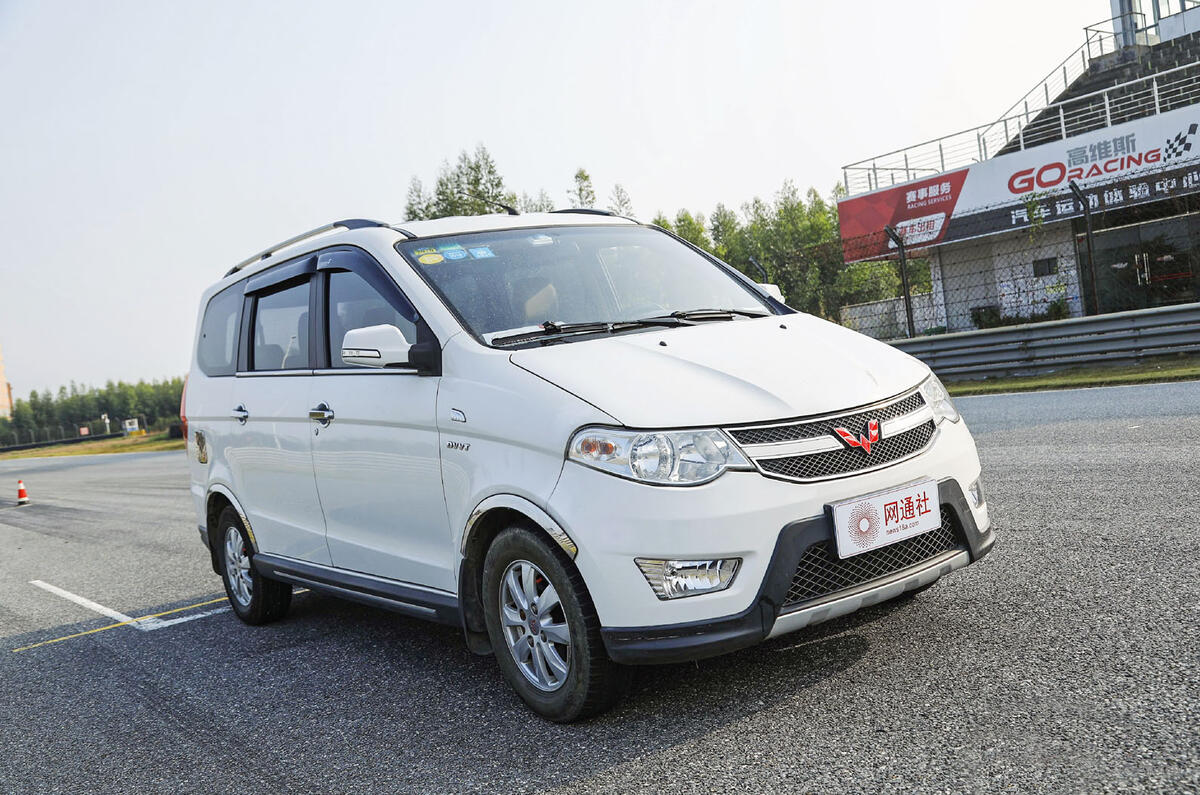


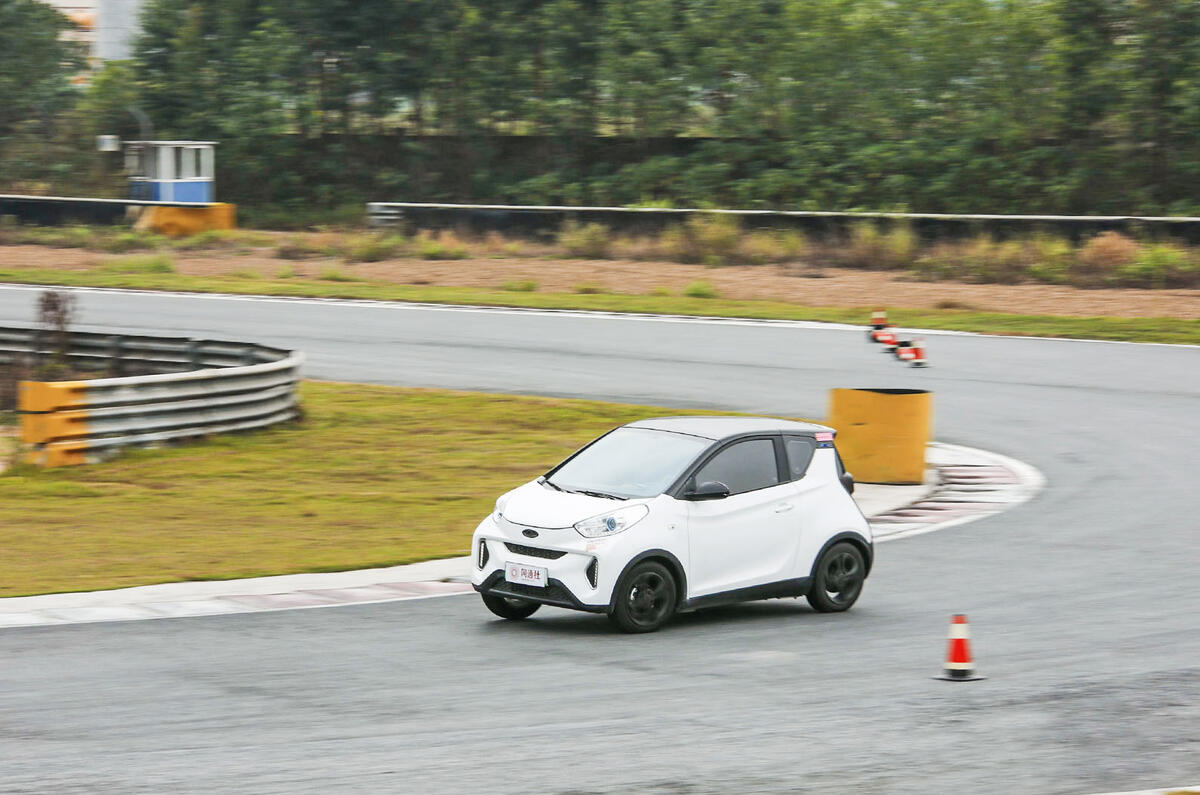
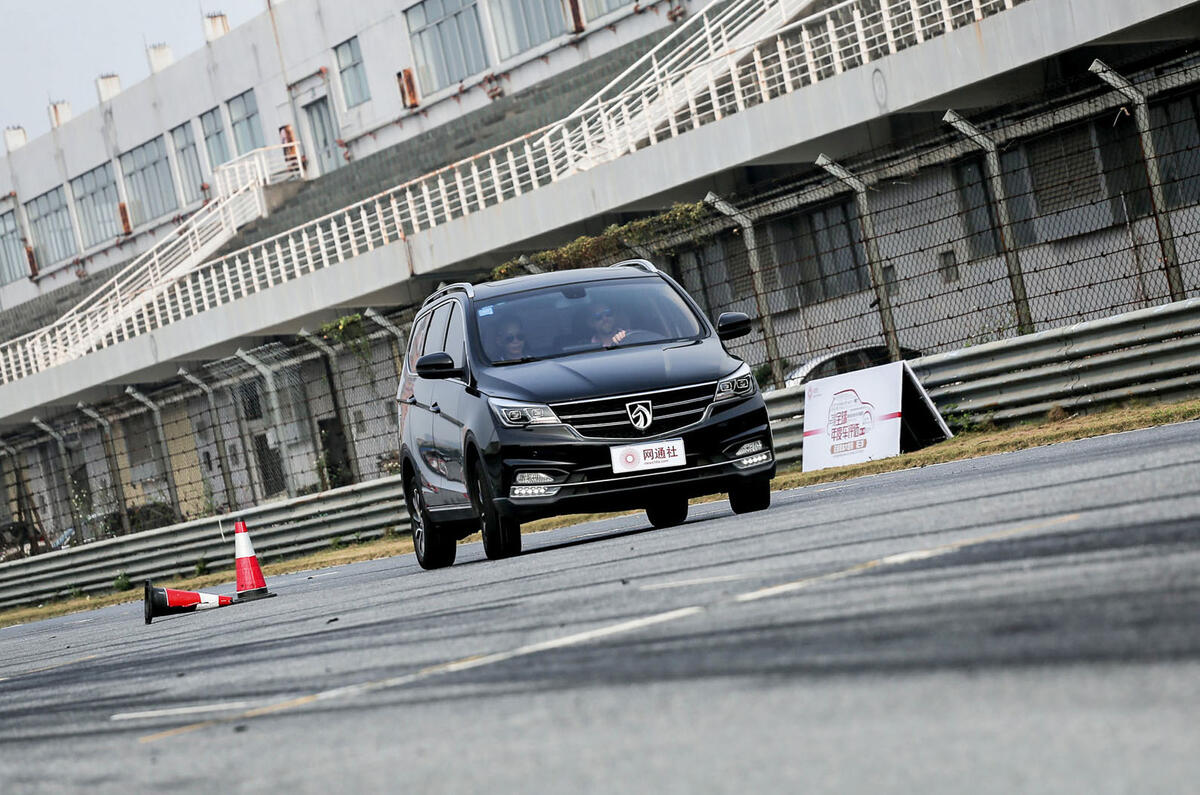
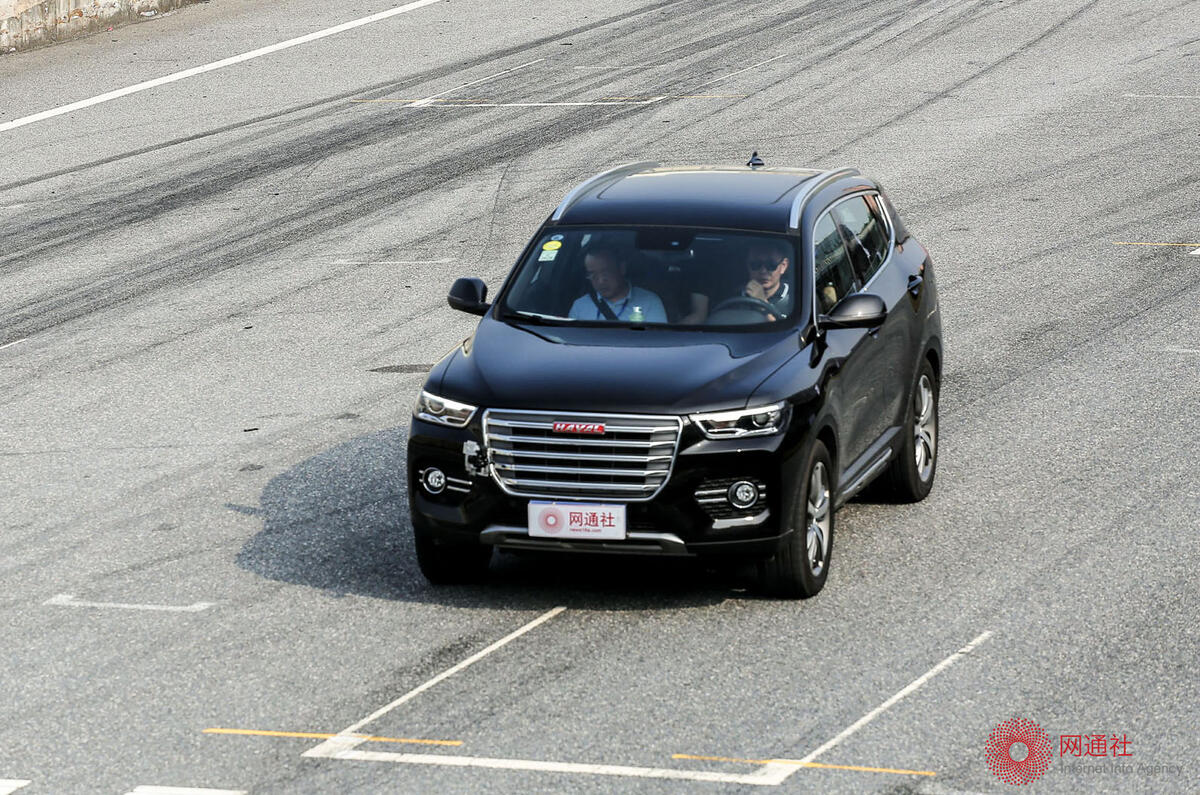

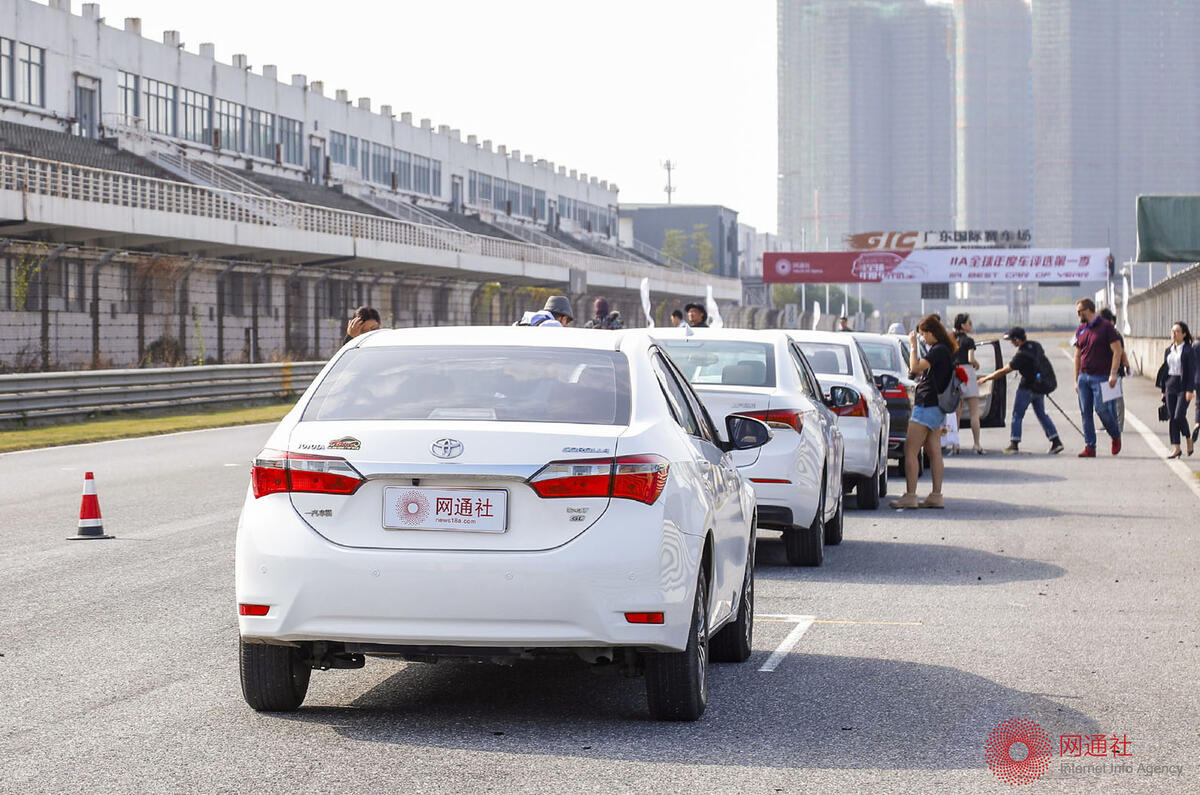
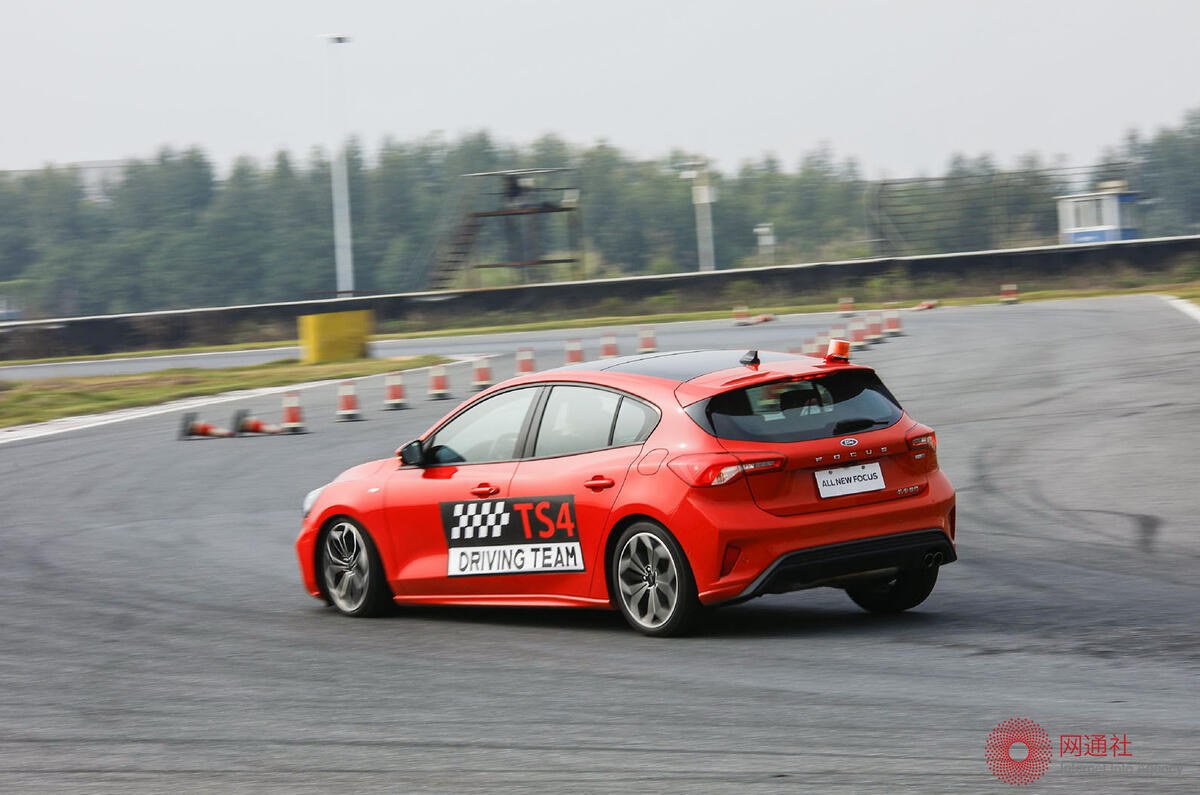
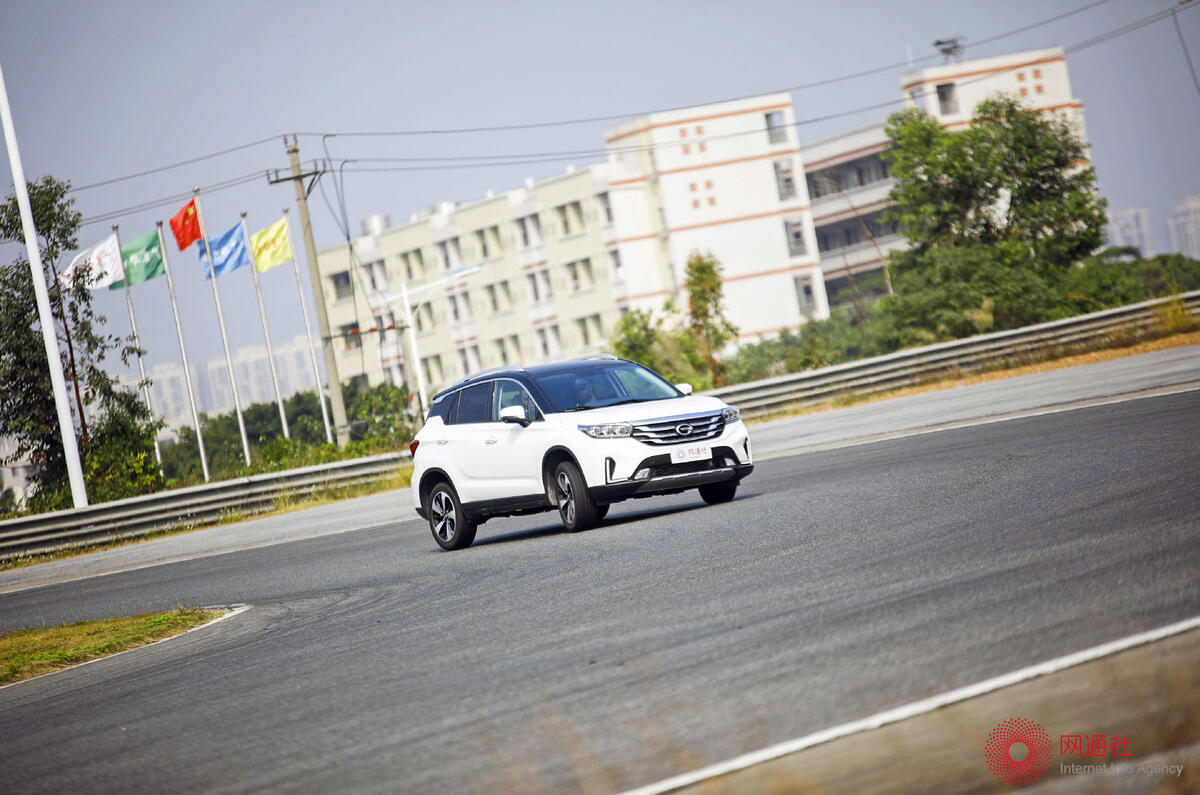
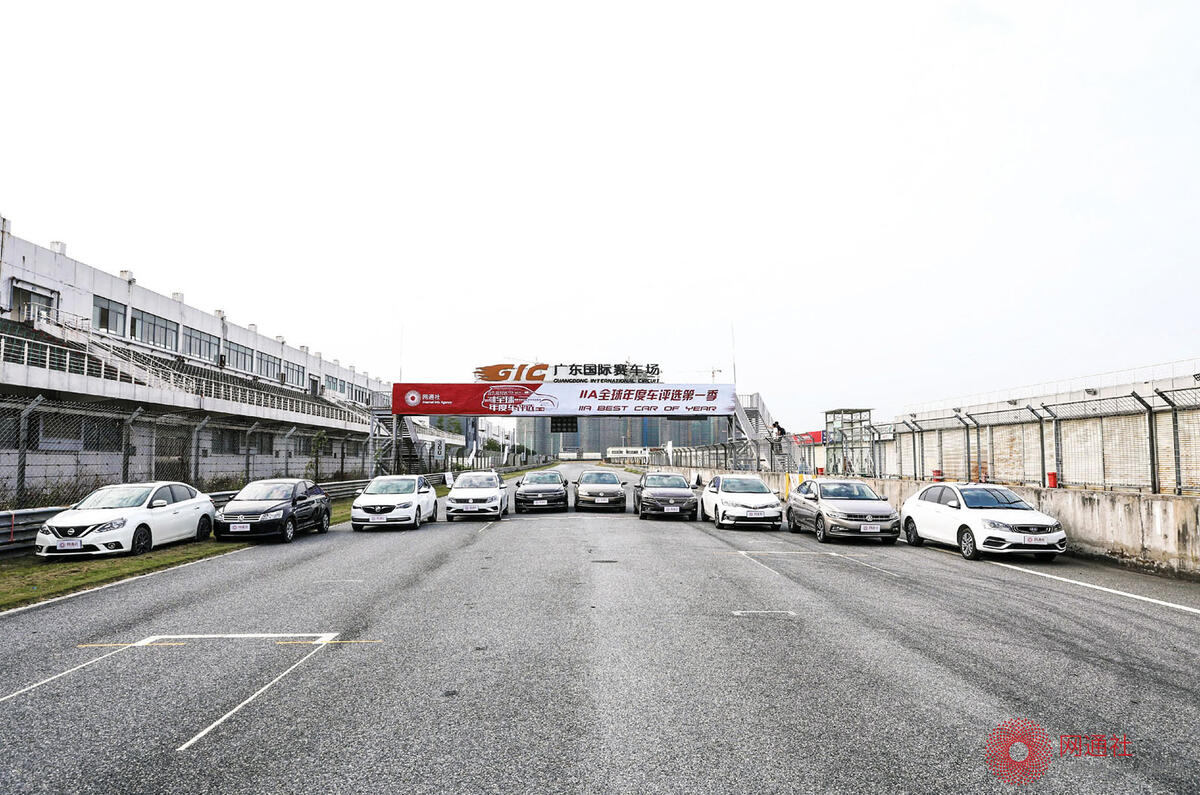
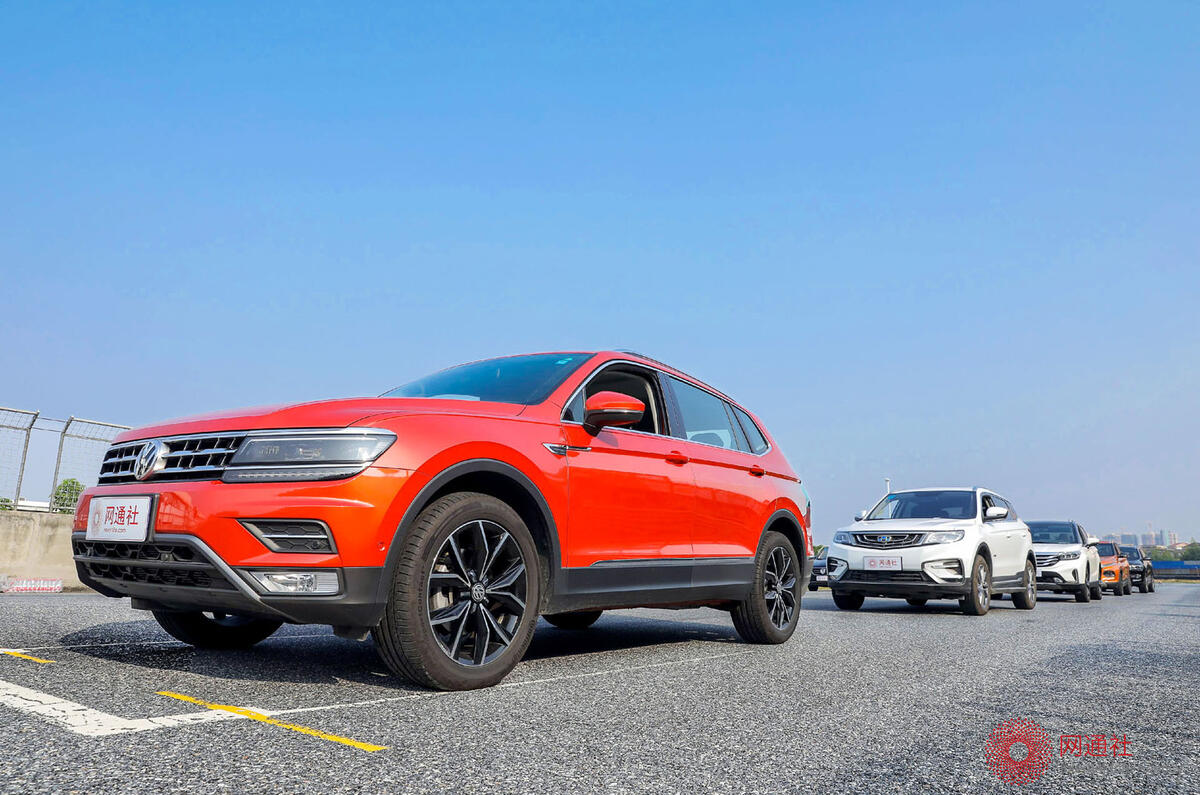
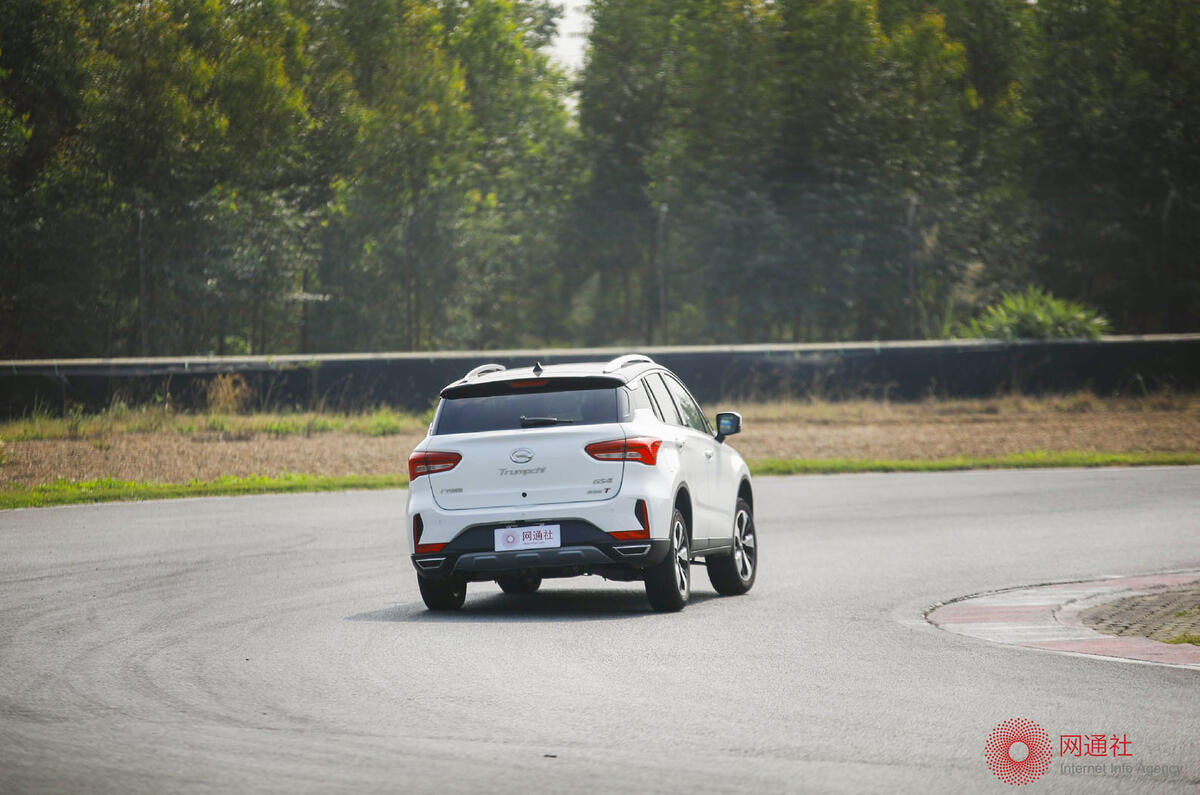
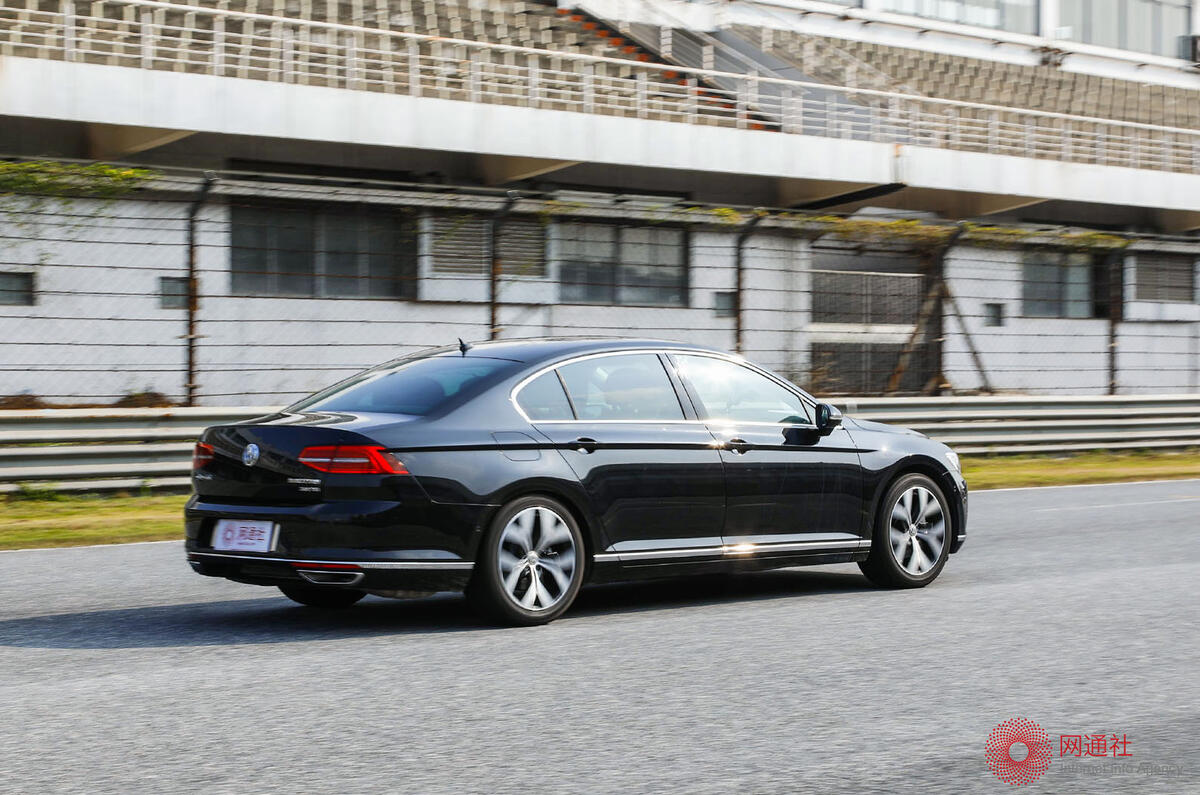
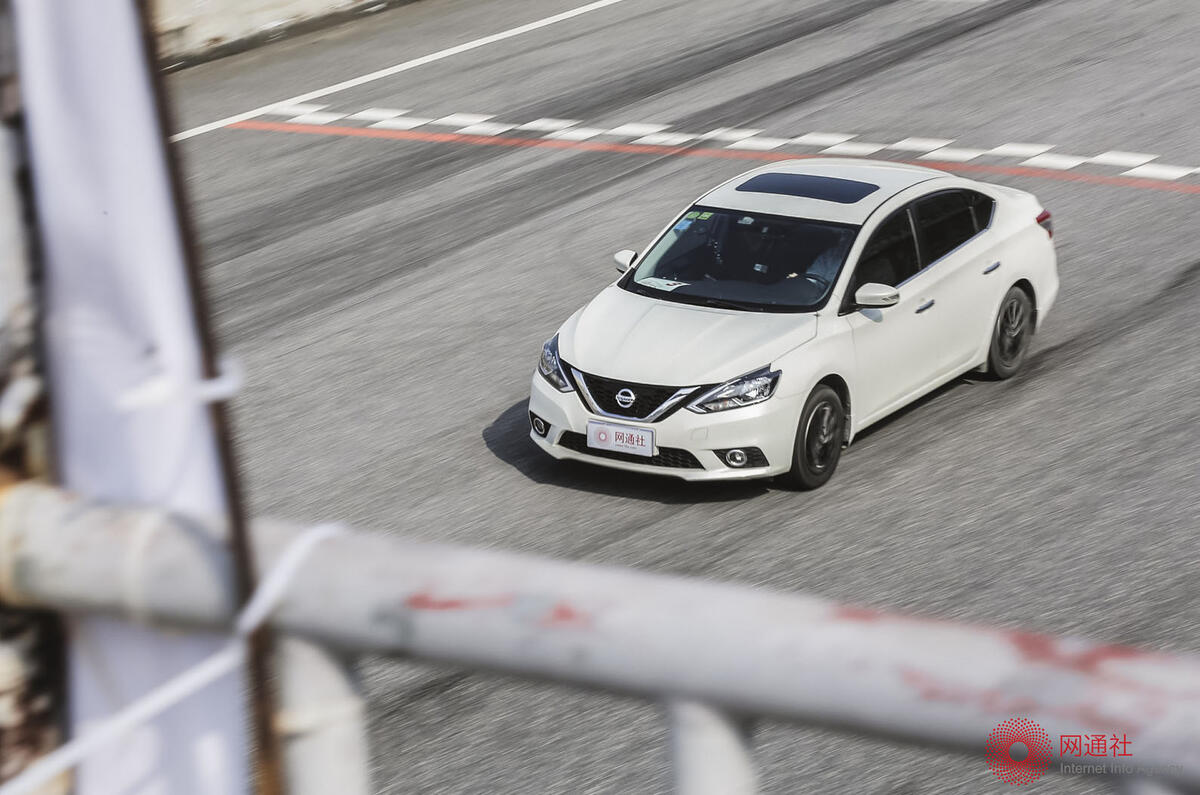
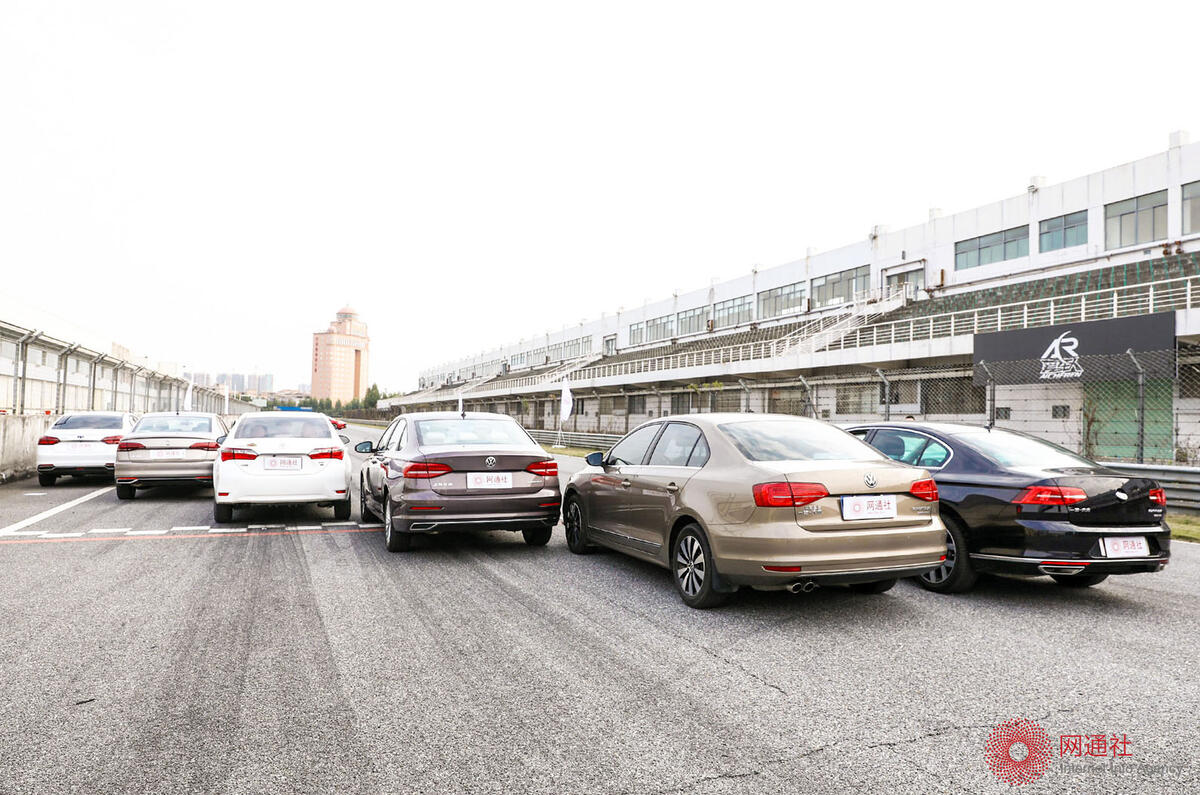
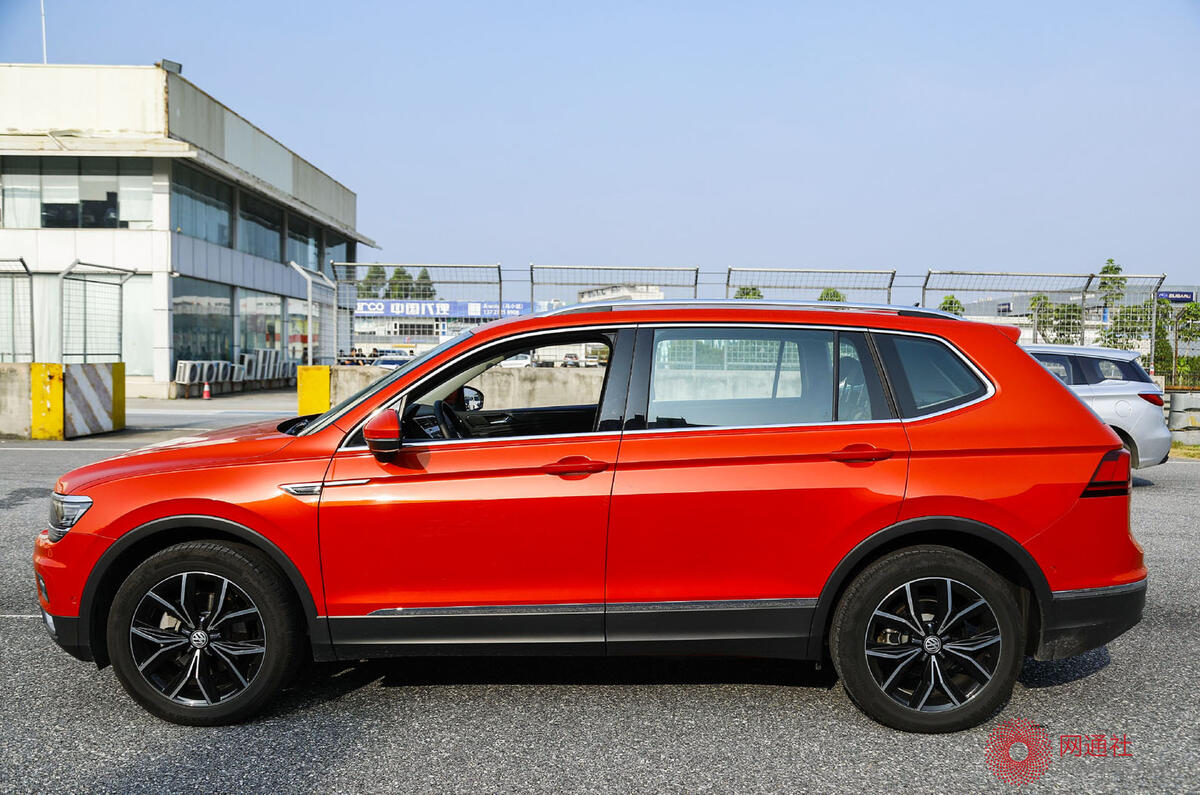
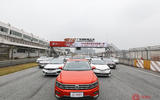
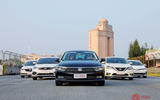

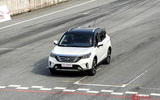
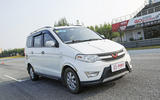


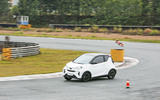
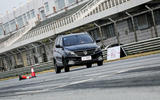
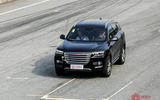

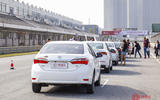
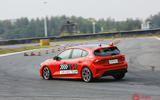
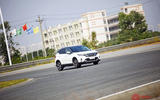
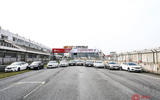

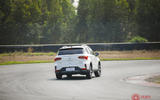
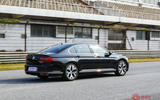

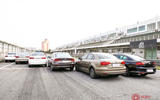
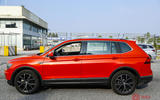

















Join the debate
Add your comment
Because...
Missed a Trick
And the winner is...
"...but there’s democracy for you"
Best line in whole article.